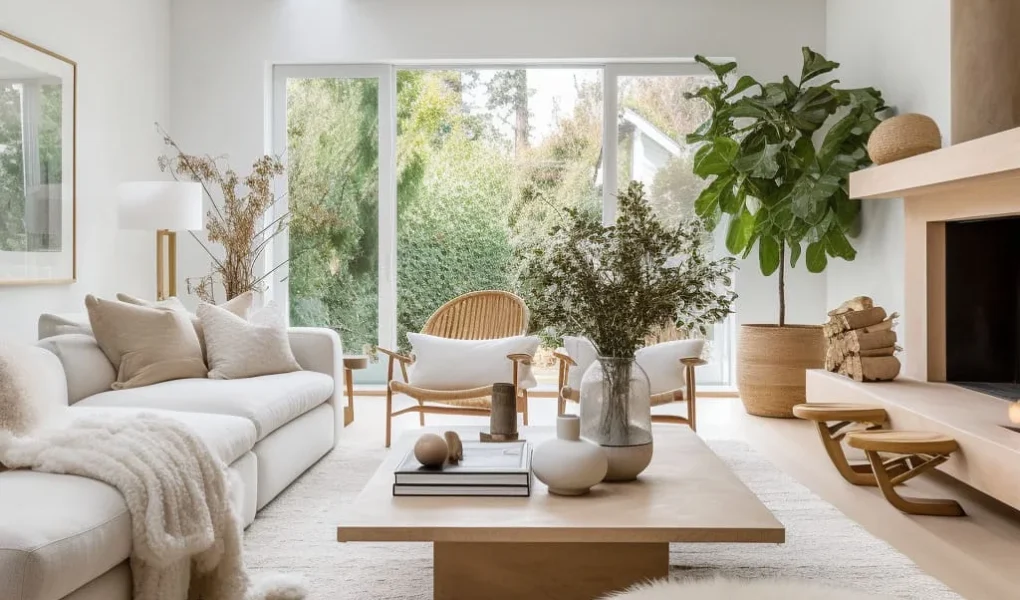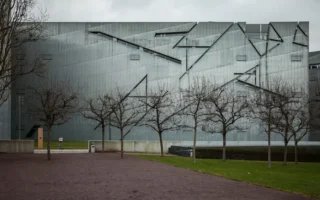Introduction:
Scandinavian architecture is renowned for its timeless elegance, simplicity, and functionality. Rooted in centuries of tradition and shaped by the region’s harsh climate, it encompasses various styles reflecting the cultural heritage of Nordic countries. Among these styles, one stands out as a quintessential representation of traditional Scandinavian architecture. Let’s delve into the unique characteristics of this revered architectural form and uncover its cultural significance.
1: The Allure of Traditional Scandinavian Architecture:
2: A Journey Through Nordic Heritage:
3: Unveiling the Traditional Styles:
4: Characteristics of Traditional Scandinavian Architecture:
5: The Role of Nature in Design:
6: Sustainability and Practicality:
7: Traditional Materials and Construction Techniques:
8: The Influence of Climate:
9: Cultural and Historical Significance:
10: Examples of Traditional Scandinavian Architecture:
1.The Allure of Traditional Scandinavian Architecture:
Scandinavian architecture captivates with its timeless appeal and harmonious blend of form and function. Rooted in a deep connection to nature and tradition, it offers a glimpse into the rich cultural heritage of the Nordic region.
2.A Journey Through Nordic Heritage:
To truly appreciate traditional Scandinavian architecture, one must understand its origins. Nordic countries, including Denmark, Sweden, Norway, Finland, and Iceland, boast a diverse architectural legacy shaped by centuries of history, culture, and environmental influences.
3.Unveiling the Traditional Styles:
Among the various architectural styles prevalent in the Nordic region, one stands out as particularly traditional: the Stave Church. These medieval wooden structures, characterized by their intricate carvings and steeply pitched roofs, are iconic symbols of Scandinavian heritage.
4.Characteristics of Traditional Scandinavian Architecture:
Traditional Scandinavian architecture is characterized by its simplicity, functionality, and respect for nature. It emphasizes clean lines, minimalist design, and an abundance of natural light, reflecting the region’s aesthetic preferences and practical considerations.
5.The Role of Nature in Design:
Nature plays a central role in traditional Scandinavian architecture, influencing everything from building materials to spatial layout. Large windows frame picturesque landscapes, while natural materials such as wood and stone create a sense of warmth and connection to the environment.
6.Sustainability and Practicality:
Sustainability and practicality are fundamental principles of traditional Scandinavian architecture. Buildings are designed to withstand harsh weather conditions, with efficient insulation and energy-saving features ensuring comfort and environmental responsibility.
7.Traditional Materials and Construction Techniques:
Wood is a predominant material in traditional Scandinavian architecture, prized for its abundance, durability, and aesthetic appeal. Timber framing and log construction techniques are common, showcasing the craftsmanship and ingenuity of Nordic builders.
8.The Influence of Climate:
The harsh climate of the Nordic region has profoundly shaped traditional Scandinavian architecture. Steeply pitched roofs shed snow effectively, while overhanging eaves provide protection from the elements. Compact, efficient floor plans minimize heat loss and maximize energy efficiency.
9.Cultural and Historical Significance:
Traditional Scandinavian architecture is more than just a building style; it’s a reflection of cultural identity and historical heritage. From Viking longhouses to medieval stave churches, each structure tells a story of craftsmanship, resilience, and community spirit.
10.Examples of Traditional Scandinavian Architecture:
From the charming wooden houses of rural Sweden to the modernist masterpieces of Finnish design, traditional Scandinavian architecture is celebrated for its diversity and ingenuity. Iconic landmarks such as Stockholm’s Gamla Stan and Norway’s Bryggen Wharf showcase the enduring legacy of Nordic craftsmanship.
Conclusion:
Traditional Scandinavian architecture embodies the timeless beauty, practicality, and cultural richness of the Nordic region. From humble wooden cottages to majestic stave churches, each structure tells a story of craftsmanship, resilience, and reverence for nature. As we continue to admire and preserve these architectural treasures, we honor the legacy of generations past and inspire future generations to embrace the spirit of Nordic design.




